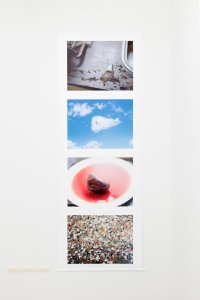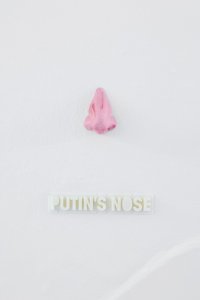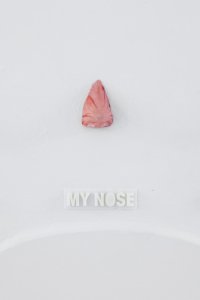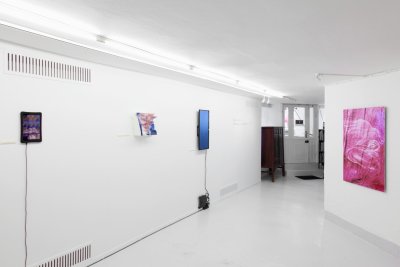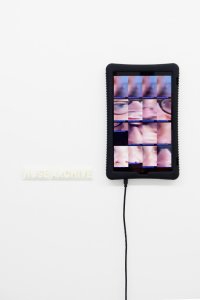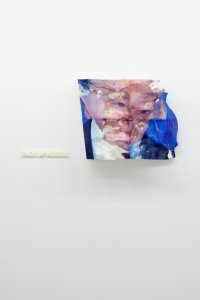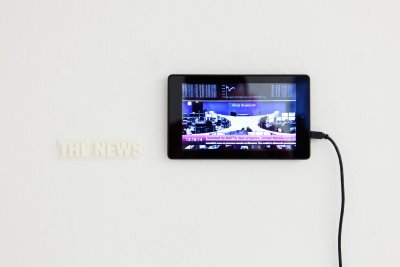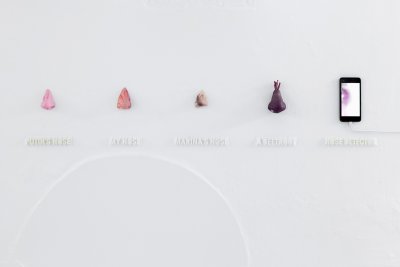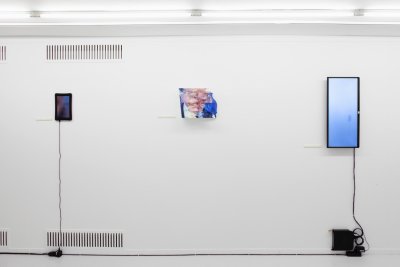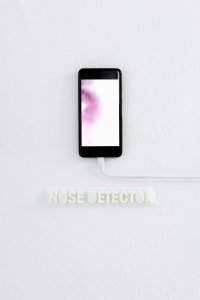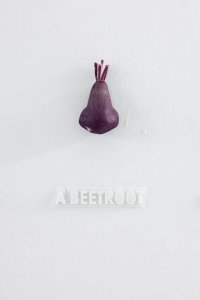Project Details
Putin's Nose explored the boundary between object and image, examining how digital images not only register meaning but enter physical space to shape identity and power relations. The project began with an unusual anecdote: "I look down into the shopping bag at some beetroots. For a moment I think there's one that looks like my grandmother's nose, or maybe it reminds me of that picture of Putin's nose I just saw on Facebook."
The work played with the border between object and image to give a visual impression of how images today do not merely register meaning but also enter physical space and form identity and power relations. The installation included various nose-related works including "My Nose", "Nose detector", and "Nose Archive", alongside "Face of Russia".
The project originated from a beetroot anecdote that was strange in itself, exploring the moment when looking at beetroots in a shopping bag, one seemed to resemble the artist's grandmother's nose, or perhaps Putin's nose from a Facebook image. The work examined how digital recognition systems and facial detection algorithms influence perception and identity.
The installation used various media to investigate how technology shapes our understanding of faces, identity, and political figures. The project connected personal memory (the grandmother's nose) with political imagery (Putin's face) through everyday objects (beetroots) and digital mediation.
The work was exhibited as part of "New Tactics: moving in a soft field" in 2018 and later developed into a solo exhibition at Møstings Hus in 2019. The project was documented by Kevin Malcolm and received coverage in Danish art press as part of discussions about digital art and algorithmic perception. The work contributed to ongoing conversations about how digital images and recognition technologies influence our perception of identity and political power.
